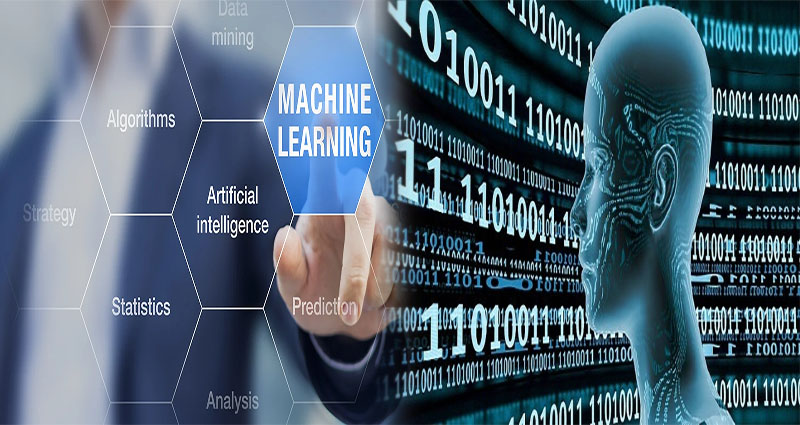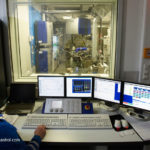Artificial Intelligence (AI) has revolutionized various industries and continues to shape the future of technology. Among the many subfields of AI, supervised learning plays a crucial role in enabling machines to learn from data and make intelligent decisions. In this article, we will delve into the concept of supervised learning, its applications, and how it powers many of the AI systems we interact with on a daily basis.
What is Supervised Learning?
Supervised learning is a type of machine learning where an algorithm learns from labeled training data, making it possible to predict or classify new data. In this process, the algorithm is provided with input data and the corresponding correct output, allowing it to learn and make predictions based on that data. The goal is for the algorithm to generalize and accurately predict the output for new, unseen input data.
Key Components of Supervised Learning
Training Data:
The training data used in supervised learning consists of input-output pairs, where the input is the data fed into the algorithm, and the output is the expected result. The algorithm learns from these examples to develop a model that can accurately predict outputs for new input data.
Model Building:
During the training phase, the algorithm constructs a model by extracting patterns and relationships from the training data. This model is then used to make predictions or classify new, unseen data based on the patterns learned during training.
Evaluation:
Once the model is trained, it is evaluated using a separate set of data called the test set. The model’s performance is assessed based on its ability to accurately predict the outputs for the test data. This evaluation helps determine how well the model generalizes to new, unseen data.
Applications of Supervised Learning
Supervised learning is widely used across various industries and has numerous applications, including:
Image and Speech Recognition:
Supervised learning is employed in the development of image and speech recognition systems. For example, in image recognition, the algorithm learns from labeled images to accurately identify and classify objects in new images. Similarly, in speech recognition, the algorithm learns from labeled audio data to transcribe and understand spoken language.
Recommendation Systems:
Many online platforms, such as streaming services and e-commerce websites, use supervised learning to build recommendation systems. These systems analyze user data and preferences to suggest personalized content or products, improving user experience and engagement.
Predictive Analytics:
In fields like finance and healthcare, supervised learning is used for predictive analytics. By learning from historical data, the algorithm can make predictions about future outcomes, such as stock prices, patient diagnoses, or equipment failure.
Supervised learning is a foundational concept in the field of artificial intelligence, enabling machines to learn from labeled data and make predictions or classifications. Its applications are diverse and impactful, ranging from image and speech recognition to predictive analytics and beyond. As AI technologies continue to advance, supervised learning will remain a critical tool for developing intelligent systems that can understand and interpret complex data, ultimately enhancing our daily lives and driving innovation across industries.












